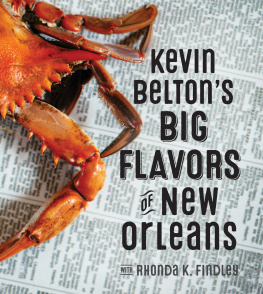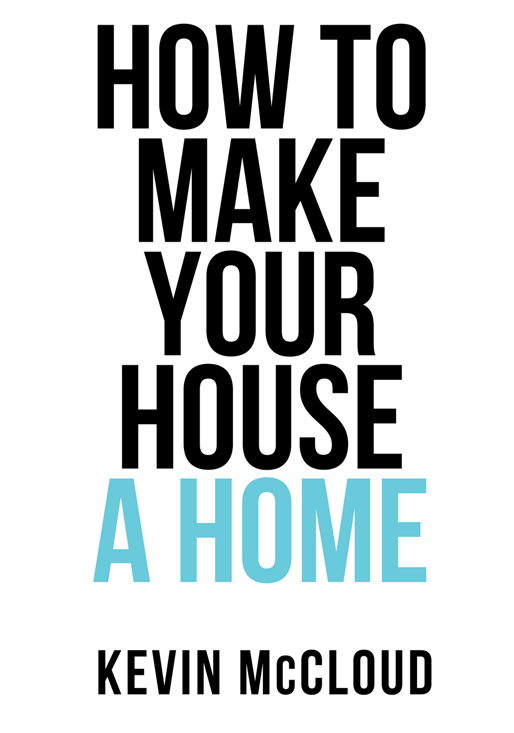
Touch is a much underrated sense. Whether youre a child in a toyshop or an adult in a china shop, or youre in bed with your lover, the temptation to touch is too great to resist.
Retailers place the emphasis on the visual: were encouraged to look but not touch, and window displays are kept out of reach behind glass. Yet the tactile is fundamental to our full experience of the world around us. If you ask any architect where the money on a project should go, they will tell you that its worth investing in 1) the bare bones of the design and a good quality of construction and 2) the things you touch.
So, because you touch them everyday...

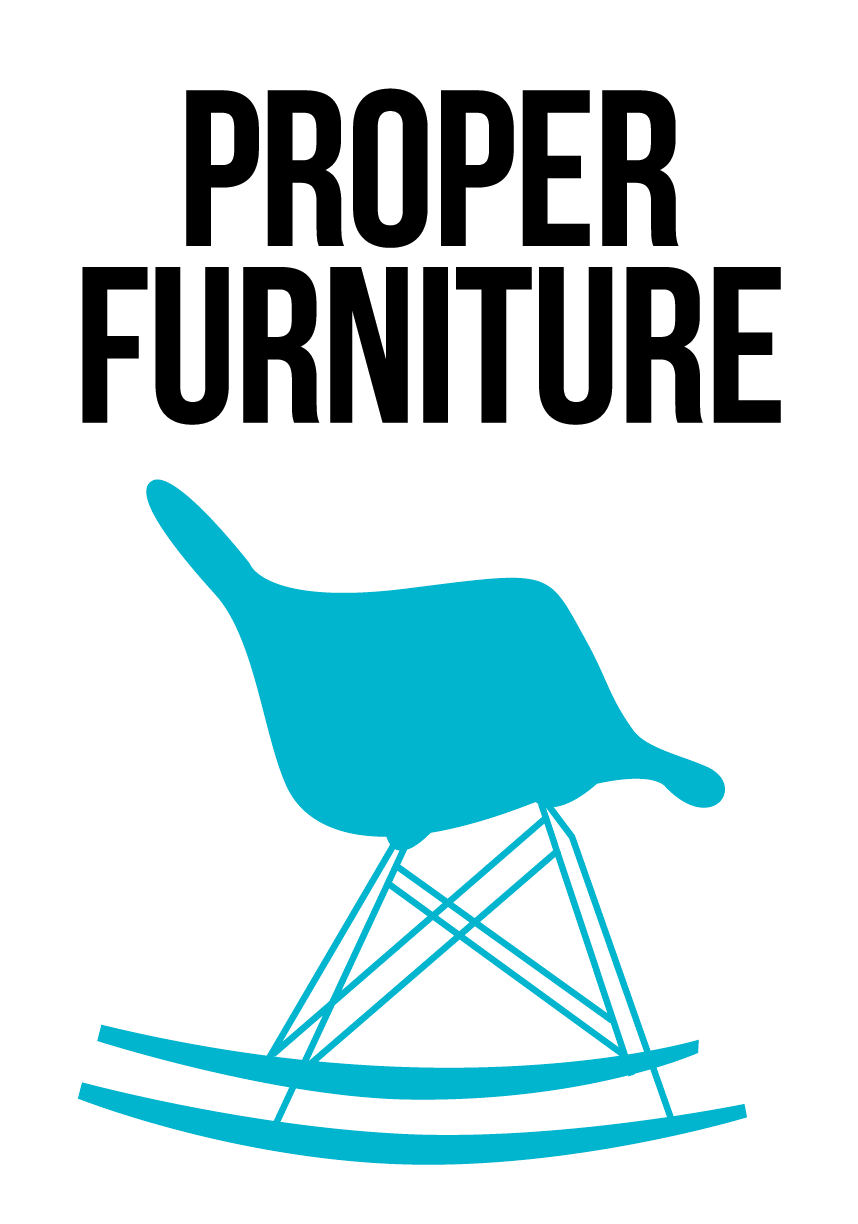
I dont mean this in the way your dowager aunt might in dismissing anything designed after 1915. I mean furniture that is made with love and care. It is probably going to be expensive but it will reward you, I promise, in the fullness of time with a longer life and more use and somehow a livelier character, because you know it well and the factory it came from and maybe even the person who made it, thanks to a little brochure that came with the furniture that you may end up keeping as long as the furniture.
I think of every decently made object Ive seen or picked up, from lamp posts and bridges to spoons and eggcups, as a physical embodiment of human energy: the magical ability of our species to take raw materials and turn them into things of use, value and beauty.
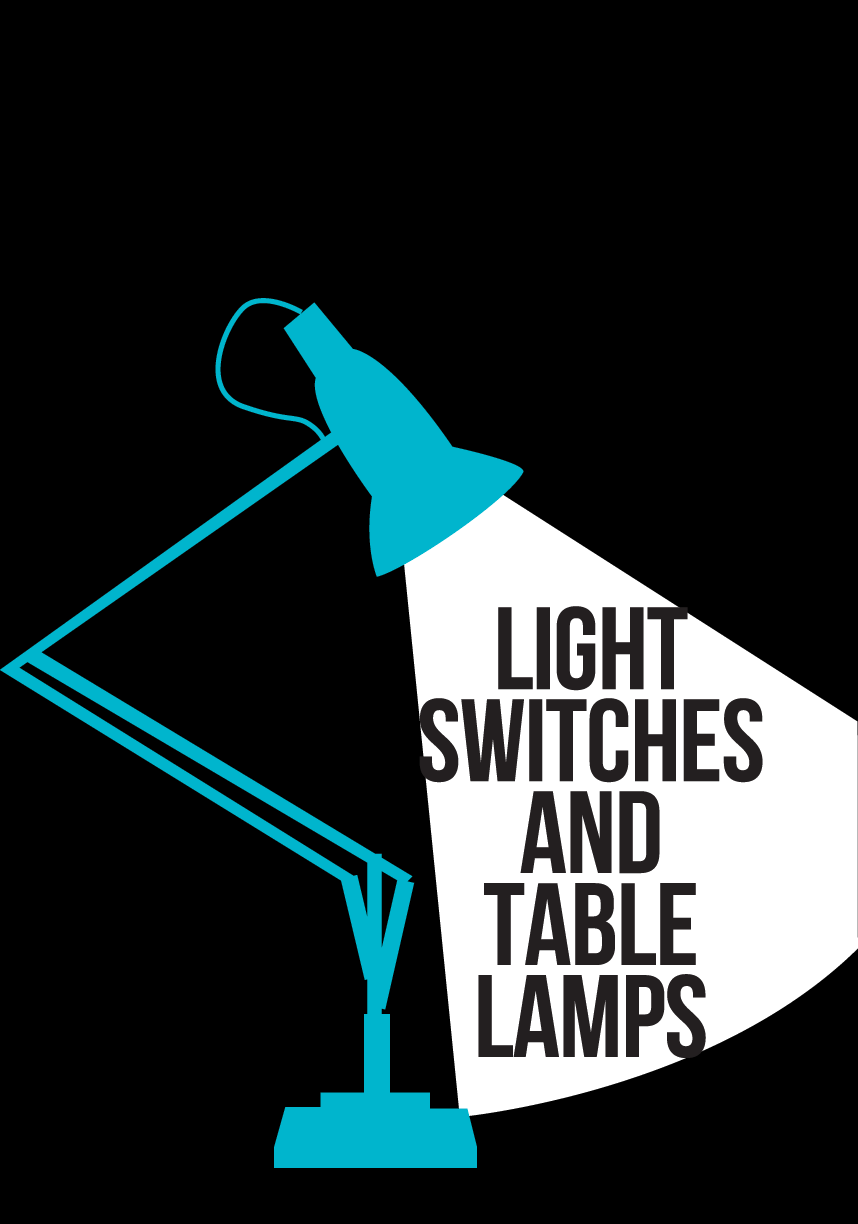
The action of something like a light switch should not only feel crisp and easy, it should feel the same way thousands of uses later. This is down to the quality of the components and the quality of the assembly. In the case of lighting, were used nowadays to being able to buy a bedside lamp for around 5 in a DIY store. But because its cheap, that doesnt mean to say its disposable or planet-light. The environmental impact of lighting is heavy, because each fixture comprises many components from many materials that have travelled many thousands of miles before being assembled. The average bedside lamp might contain five separate types of plastic, a spun aluminium shade, brass and steel components, PVC cabling, copper wire, silicone gaskets, rubber sheathing, ceramic lampholder and fuse; and, in the bulb, rare gases, glass, tungsten or rare metal phosphors, mercury, electronic components and a circuit board.
So my advice is, whether you spend 5 or 300 on a table lamp, buy it with the intention of keeping it for ever. Dont think of it as disposable, because in truth it isnt. It will carry on having an effect on the planet and human health long after youve thrown it out.
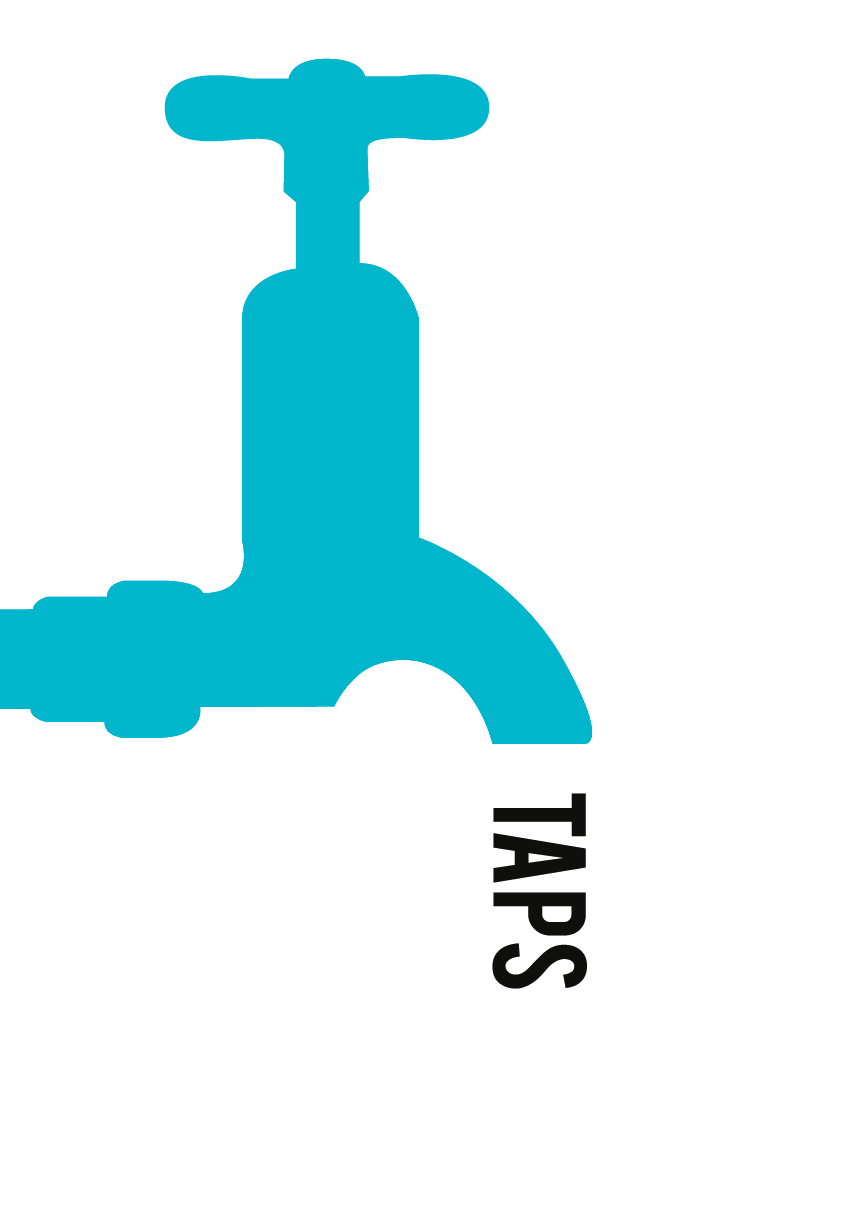
They light up, they dispense water when you wave your hands in front of them, they disgorge water in all kinds of fancy ways, but there are only five important things about taps.
1. They shouldnt wobble.
2. They shouldnt fall apart or drip.
3. If there are indices, marked Hot and Cold, they shouldnt wear off.
4. The action and the surface should feel good.
5. They should be sustainably made. Engineering like this is energy intensive and for taps to be vaguely ecological they should be made from recycled brass, be recyclable, use closed-loop plating processes and be made in the country of consumption.

Bathing is a sensuous experience and even washing and shaving can be pleasures with the right materials around you. An acrylic bath may hold the heat longer than an enamelled-steel or cast-iron equivalent, but it just doesnt feel as good. On the other hand, knowing that your bare flesh has been in contact with stone tiles quarried in some mine by underpaid, under-age labour in India or China can make you feel dirty rather than clean. The rule in researching surfaces and finishes for your home has to be shop local, in other words from within your country.

Really important because we dont just touch them but also move our hands over them. Consequently, any little inconsistency can make itself obvious. A sensuously flowing, flawless and tactile handrail can also make up for any amount of clumsiness in the design of the staircase itself. Believe me, the experience you remember is the one you touch.

On this one surface youre likely to prepare your food for the next ten years, make tea and even make love if your lifes racy enough. Its got to be sanitary, durable and tactile. I dont recommend timber, because although its tactile, the surface will probably stain with time and harbour microbes. And theres a chance youll get splinters. I can recommend stone and granite providing its not shipped halfway round the planet just for your delectation and stainless steel and resin. When I say resin I dont mean 100 per cent petroleum-derived plastic but one of the brands made with either crushed waste granite quartz or crushed car windscreens that are then bound with around 10 per cent resin. They are hard and long lasting, and can be moulded to almost any form.

After everything Ive written here already about the satisfaction of using well-made, properly engineered, sustainable goods, it should be obvious why you should invest in high-quality door furniture for everything from cupboards to drawers to the front door.
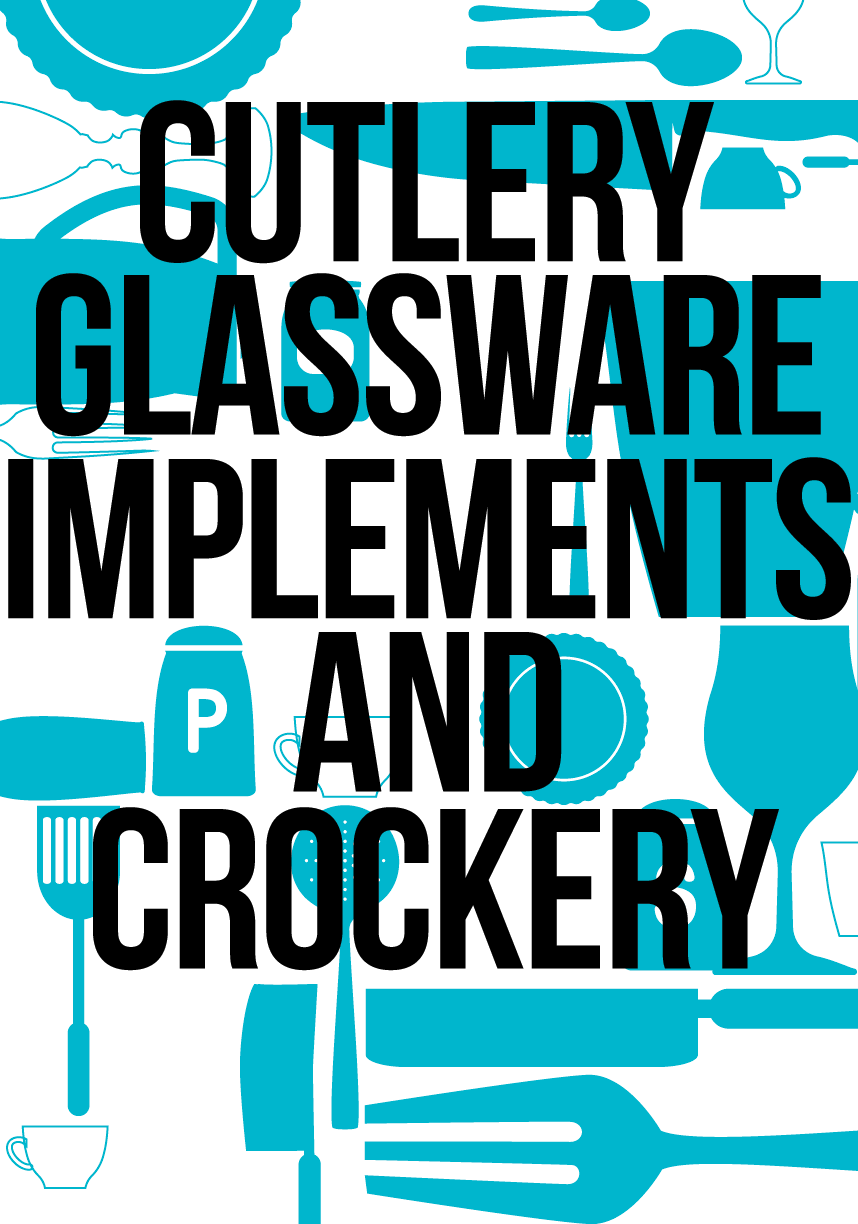
The most sensorily developed parts of our bodies are our mouths and our fingertips. In other words, the two places where we put our forks and spoons. Note coincidentally, the last resting place of high-quality materials in the modern world is the restaurant, where youll come into contact with linen, horsehair fabric, bone-handled silver, porcelain, crystal glass and hopefully some of the same high quality food. Any good restaurateur knows the value of these materials in enriching the experience of eating well and this is a good lesson to take home.

This is going to sound heretical, but why not choose a car on the basis of what it looks and feels like on the inside? Given that is where youre going to be spending your time and thats the place where youll develop your relationship with the thing, its perfectly reasonable to demand an interesting environment. My own baby Volvo has seats made of reasonably ecological leather and a beautifully designed floating centre console. Of course theres too much plastic but theres also wool and a smattering of recycled aluminium to stroke. And my car rewards me with 65 miles to the gallon, a miserly consumption that adds to the pleasure of driving it. As to the exterior well, it just needs a wash.
Next page



